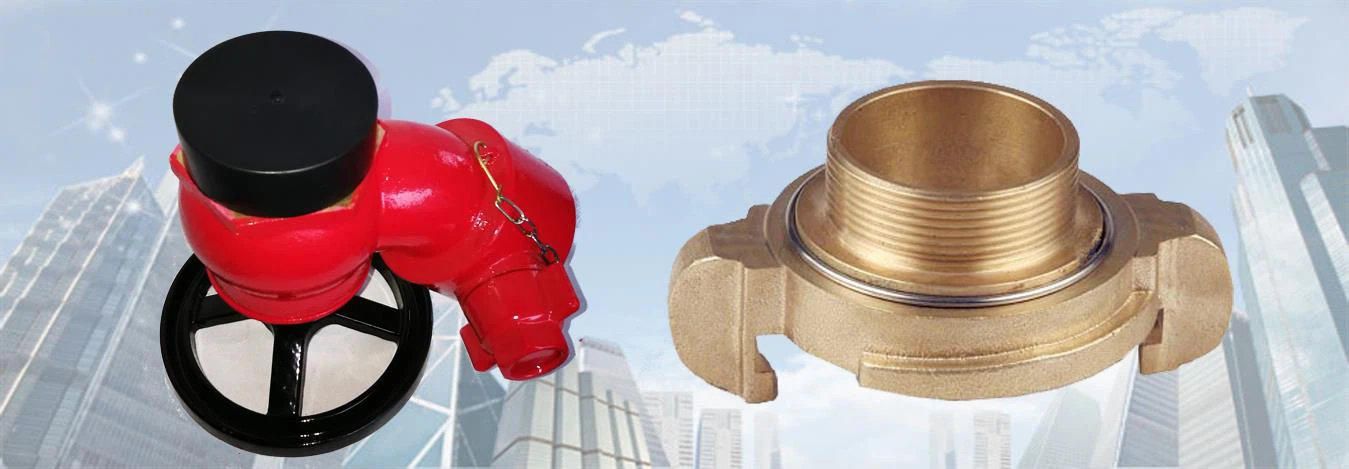Fire hydrants are essential for preserving public safety because they provide water to firemen in an emergency. A fire hydrant's valves are an essential part for managing the water's flow and pressure. On fire hydrants, there are primarily two kinds of valves: steamer and non-steamer.
With the use of steamer valves, firefighters can fill hoses with water straight from the hydrant without the need for extra gear. The angled spout of this kind of valve facilitates faster water flow into the hose. Usually, a specific wrench is used to open or close the valve.
In contrast, non-steamer valves need extra tools, such a standpipe or an adapter, in order to connect hoses to the fire hydrant. Usually, a regular valve wrench is used to operate these valves.
In addition to withstanding high temperatures and pressure fluctuations, fire hydrant valves are made to last. Usually, they are composed of sturdy materials like brass or cast iron. The valve, which controls the water flow, is attached to the main water supply line of the hydrant and can be opened or closed. The valve stops water from escaping the hydrant when it is closed.
Fire hydrants have a number of additional elements in addition to the main valve that aid in controlling the pressure and flow of water. One of these may be a pressure relief valve, which lessens the chance of harm coming to the water supply system and hydrant in the event of an abrupt spike in water pressure. In order to keep the fire hydrant from freezing during cold weather, there might additionally be a drain valve that permits extra water to be removed.
Fire hydrant valves are a crucial component of every firefighting activity, to sum up. They assist in regulating the water's flow and pressure and are made to resist harsh environments. It is essential to comprehend the various kinds of valves and how they work in order to guarantee that firemen have access to the water they require in an emergency.

